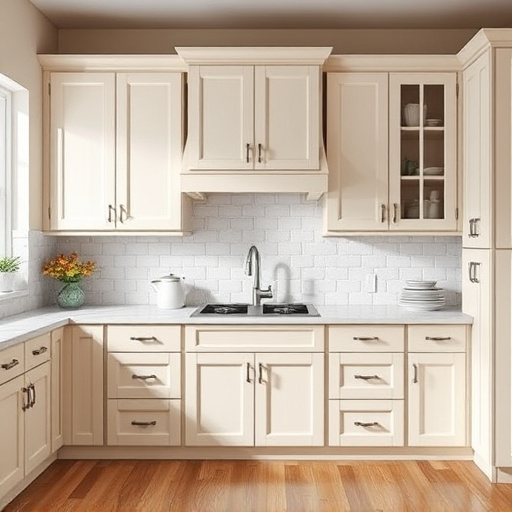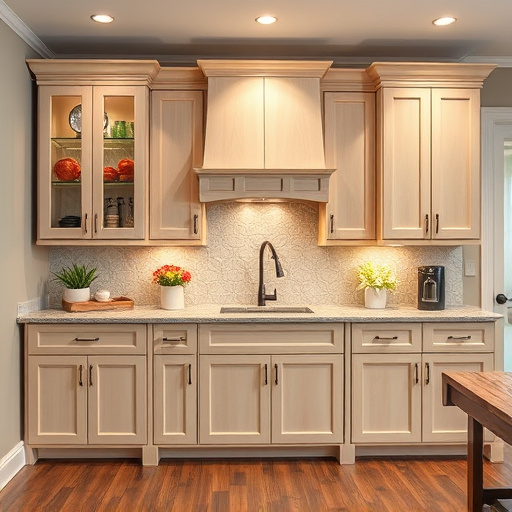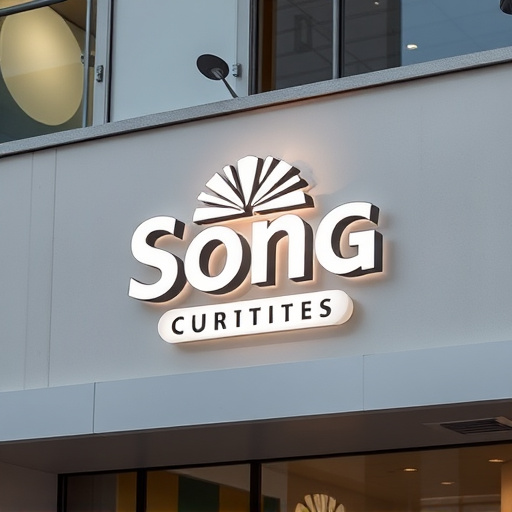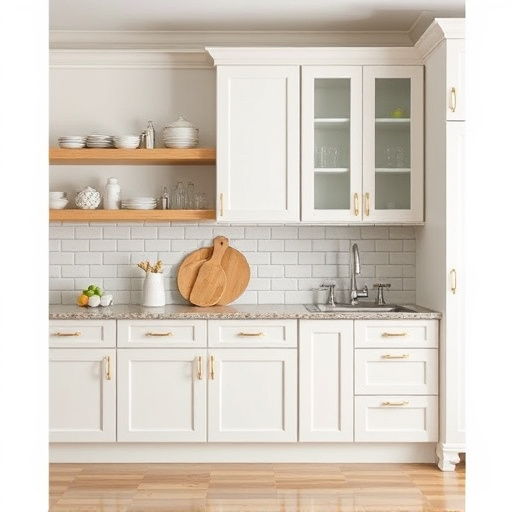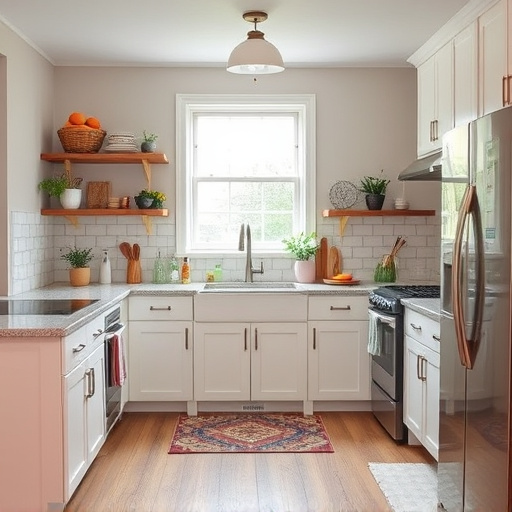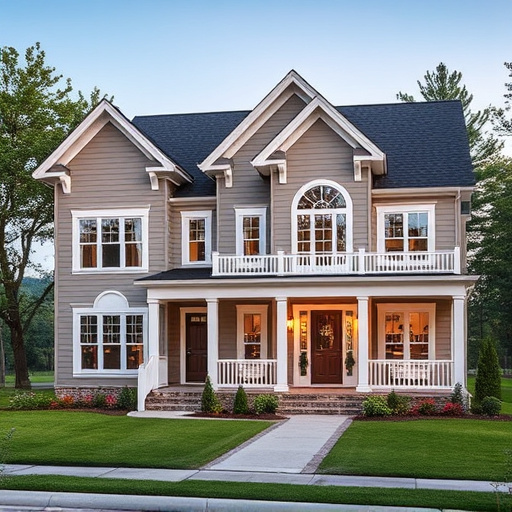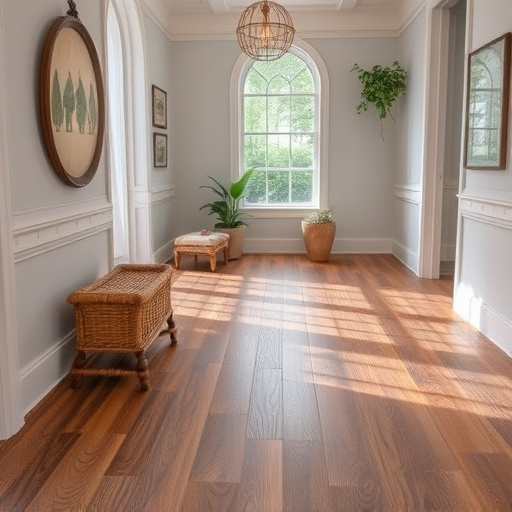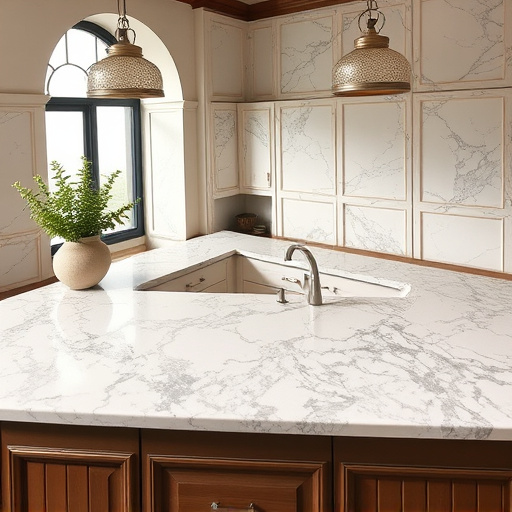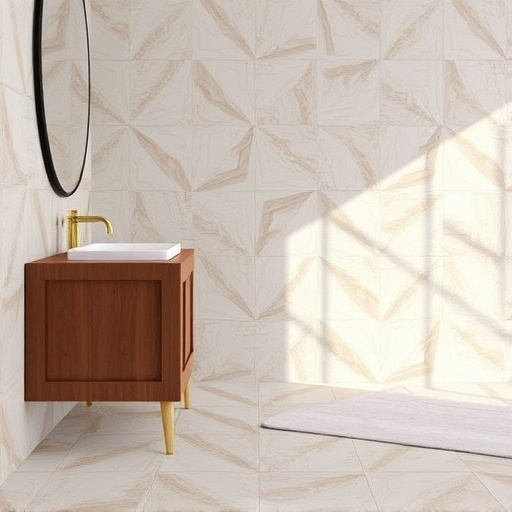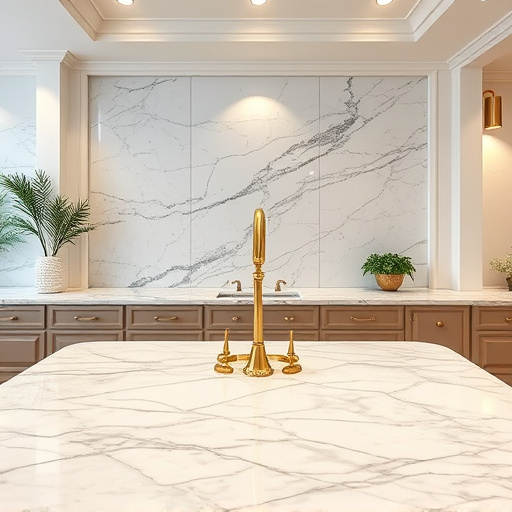First impressions are crucial in professional settings, and office interiors play a key role. A well-designed space exudes professionalism, fosters collaboration, and builds trust with clients. Uninspired or disorganized interiors may convey a lack of attention to detail, damaging client engagement. Renovating offices into an artful blend of aesthetics and functionality can significantly enhance brand perception and create positive encounters from the outset. Strategic planning in office interiors is vital, incorporating brand values, natural light, vibrant colors, and flexible work solutions to cater to diverse needs and leave a lasting impression on clients.
Office interiors play a pivotal role in shaping client perceptions, often within seconds of entering. This article delves into the profound impact of office design on first impressions and client interactions. We explore how unconscious biases are influenced by environmental cues, offering insights into understanding client perceptions. Furthermore, it provides strategic guidelines for designing spaces that effectively communicate your brand’s values, ultimately fostering positive client feedback. Discover how thoughtful office interiors can transform the way clients view your business.
- The Power of First Impressions: How Office Interiors Shape Client Interactions
- Unconscious Bias and Environmental Cues: Understanding Client Perceptions
- Designing Spaces That Communicate: Strategizing for Positive Client Feedback
The Power of First Impressions: How Office Interiors Shape Client Interactions

First impressions matter immensely, especially in a professional setting where clients enter your space with expectations and biases shaped by what they see around them. Office interiors act as a powerful tool to either reinforce or subvert these initial perceptions. A well-designed office exudes professionalism, fostering an environment that encourages collaboration and instills trust in visitors. The layout, color schemes, and furniture choices all play a part in creating a positive atmosphere that can instantly elevate the client’s experience.
In contrast, uninspired or disorganized office spaces might inadvertently communicate a lack of attention to detail or commitment to quality. This can lead to clients feeling less engaged and potentially questioning your capabilities, especially during initial interactions. Thus, transforming your office from a mere workspace into an artful fusion of aesthetics and functionality through home transformations or renovation projects can significantly impact how clients perceive your brand and your services, ensuring memorable and positive encounters from the get-go.
Unconscious Bias and Environmental Cues: Understanding Client Perceptions

Our perception of a place is heavily influenced by our subconscious minds, which process vast amounts of information from our surroundings every moment. This phenomenon is known as unconscious bias. When clients enter an office, their initial impressions are shaped by the visual cues and sensory details they encounter—from the welcoming front desk to the overall aesthetics of the space. Office interiors play a pivotal role in conveying professionalism, innovation, or warmth, all of which contribute to how a client views a company and its services.
Environmental cues can trigger specific emotional responses without our conscious awareness. For instance, open, well-lit spaces with natural elements like plants or water features may evoke feelings of calm and trust, making clients feel more at ease. Conversely, stark, clinical interiors might create an impression of formality or even distance. As such, businesses should consider the subtle yet powerful impact of office renovations, whether it’s updating a reception area or revamping conference rooms, as these residential renovations can significantly influence how clients perceive them instantaneously.
Designing Spaces That Communicate: Strategizing for Positive Client Feedback

When designing office interiors, every detail matters. Space planning should go beyond functionality and include strategic elements that communicate your brand’s values and culture to clients. For instance, a welcoming lobby with comfortable seating areas can instantly create a positive first impression, making clients feel at ease and valued. Natural light and vibrant colors in collaborative zones can foster creativity and productivity, reflecting an innovative and dynamic work environment.
Strategizing for positive client feedback involves integrating customized work solutions that cater to different needs and preferences. Consider implementing flexible layouts with adjustable desks, private booths for focused work, or collaboration pods for team projects. These variations not only enhance employee satisfaction but also leave a lasting impression on visiting clients, demonstrating your commitment to creating ideal working spaces through top-notch home improvement services and successful home remodeling.
Office interiors play a pivotal role in shaping client perceptions, with every design element contributing to the overall experience. By understanding the impact of unconscious bias and environmental cues, businesses can strategically create spaces that convey professionalism, innovation, and warmth. Investing in well-designed office interiors not only enhances client interactions but also fosters positive feedback, ultimately leaving a lasting impression and strengthening business relationships.
